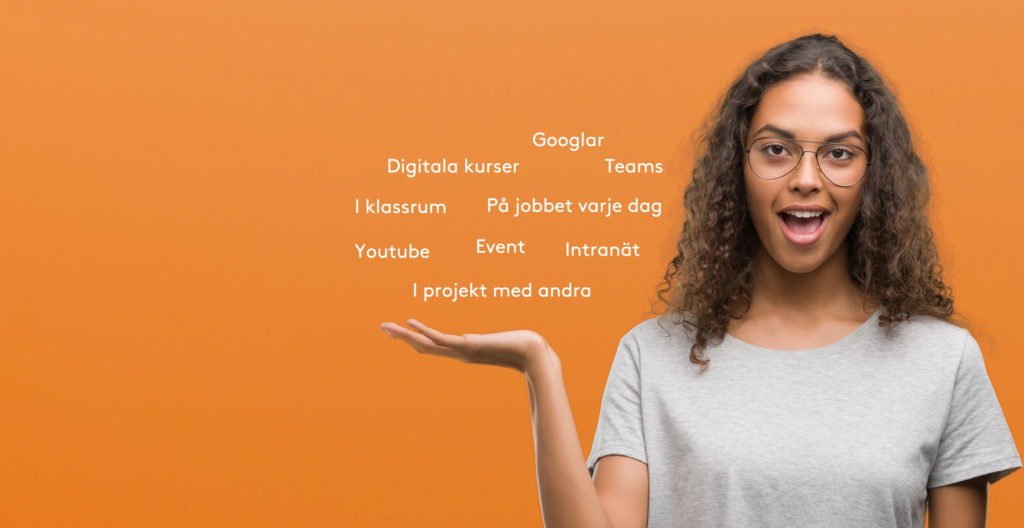We at ATOM Collaboration have recently had several discussions on how to think about system purchases. Choosing a system is difficult, and not infrequently it can go wrong. The biggest problem is that many develop a requirement specification focusing on what could not be done in the old system. The focus is rightly on technology, but there is a risk of looking for a system that has all the functionality, but when it is implemented it turns out not to be intuitive to use – either for administrators or end users. Often the system is complex and requires administrators to administer the system alone.
What you should do is first of all, together with your team, set the vision and identify the focus areas that the new system must be able to address in order to achieve your vision. This can include things like mobile first, learning here and now, push and pull and a good search function. The key is to think through the needs and user experience of the target group, what you want to be able to follow up and measure, etc. Once you have identified your focus areas, bold decisions are required from your organization. You need to question old truths, practices and processes. LMS systems have historically had an excessive focus on administration – i.e. classroom learning and often long packaged e-learning courses or large blended learning programs. But the truth is, it is not as relevant today to just push out individual packages. Today, your target group, your employees, rather have an increased need to quickly share knowledge with each other on a common surface and they want to be able to search for relevant knowledge that solves their problems and knowledge needs here and now. 30-60 minute e-learning initiatives simply do not work as well today as they did 10 years ago.
Some organizations have started doing shorter, more disaggregated solutions, microlearning or bite size learning, which is obviously a better option than large packages. But the problem remains if the rollout is done through a large, heavy system with a poor user experience that does not benefit administrators or trainees.
So our stall tip is to simply scrap old administration-heavy systems. Think again and set a vision that reflects how we all learn things today – we google, we ask, we share and we watch videos on YouTube! Think about creating mobile learning opportunities, making content searchable and easily accessible, and empowering both users and administrators to produce content in a seamless way. Start daring to question old truths. Only then can you truly create a learning organization.
#BeBrave #DoItDifferent #share #learn #collaborate
Written by Atom Collaboration




